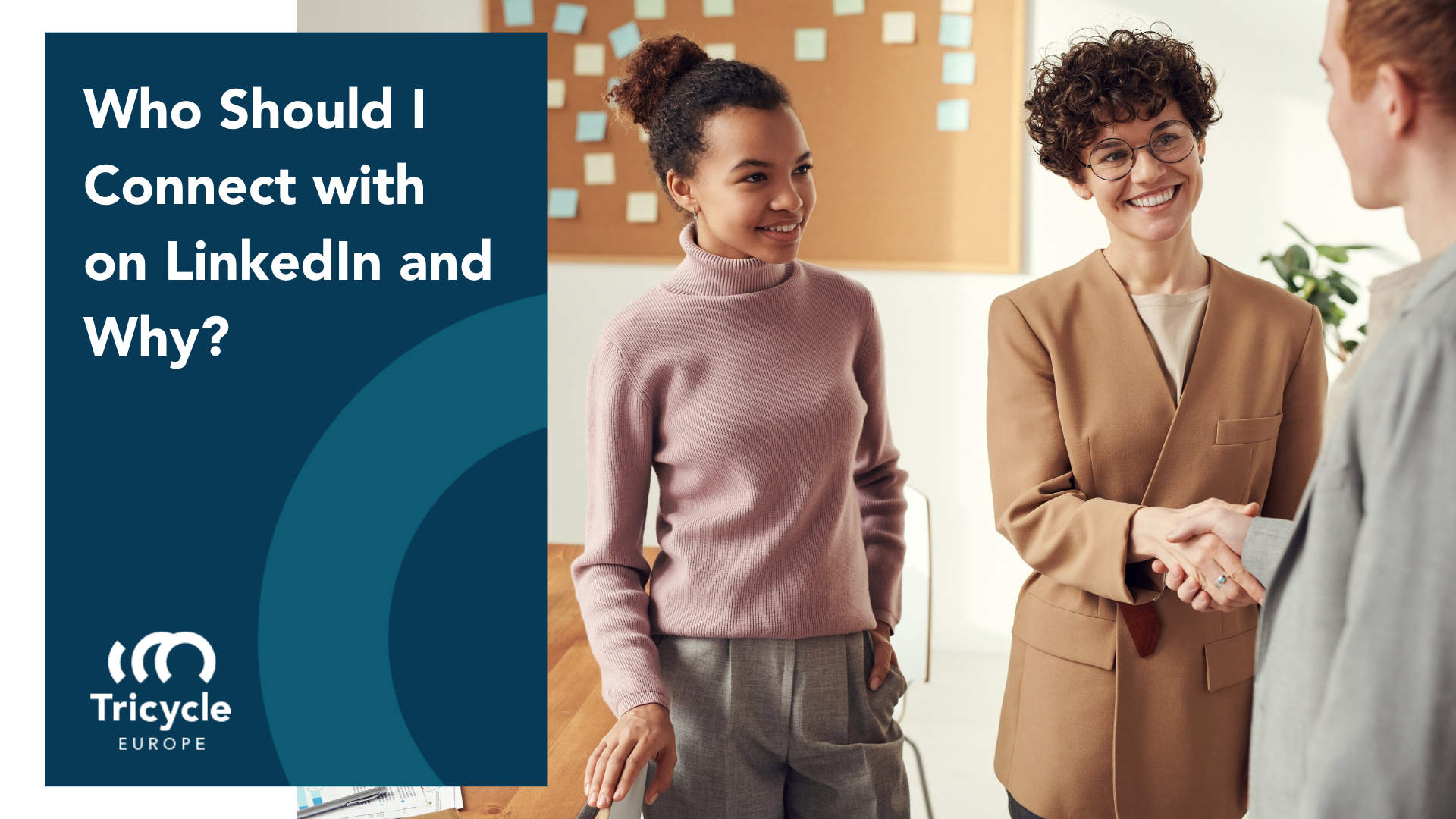In an online social network with almost 800 million users, connecting with the right people on LinkedIn is undoubtedly one of the most important ways to create meaningful professional relationships, build your personal brand, and generate more business opportunities through social selling. Here are some important tips to consider when connecting on LinkedIn…
Be choosy
Don’t just accept every connection request that comes your way. If someone sends you a request to connect on LinkedIn, have a look at their profile and make a judgment call on if you feel they are relevant to you and your industry. Will the content you share be of any value to them, and vice versa? Did they personalize the connection request with a message or introduction on why they would like to connect with you?
Quality over quantity
Building the right connections on LinkedIn is not a numbers game – always choose quality over quantity. You might think that the larger your network the better, but this can lead to collecting connections that are outside of your target market or industry, which only weakens your ability to really influence, and reduces your ability to expand your network in today’s digitalized pipelines.
Having said this, it’s also important not to go too narrow, as people who have too few connections struggle to achieve their goals on LinkedIn. The best strategy to adopt is to connect broadly with like-minded people who are within your target audience. This will lead to engagements that are far more fruitful.
Types of connections
The two main types of connections to obtain on LinkedIn are the business decision-makers (BDM) and the helpers.
Business decision-makers
Connecting with BDM can help expand your network and connection requests to existing or potential customers and their entire buying committee.
Helpers
Equally as important as the BDM, helpers do exactly what their name suggests: help boost your social outreach by engaging with your content online. Making yourself known to these individuals and organizations means your name is top of mind when a need arises. Helpers include:
- Past and current colleagues who you already know
- Existing customers
- Potential customers
- Professionals you have met in real life
- Professionals you don’t know, but would like to meet
- Industry influencers, and people who know a lot of like-minded people in your industry
Who NOT to connect with
Think carefully before connecting with:
- Direct competitors
- People who there is no value in connecting with
- Suspicious looking profiles (this could be a fake profile)
Other tips
Connect with people straight after you’ve met them at a conference or event. The longer you wait, the less likely people are to remember you.
Personalize your invitation, which will make the person feel special. Keep in mind that the only way you can do this is when you’re on the person’s profile. Don’t click the “Connect” button whilst you’re on the search results page, or the “People You May Know” list, as this does not allow you to send a customized message in your connection request.
Don’t send requests more than twice. LinkedIn automatically reminds the person you’ve asked, and being pushy will only lower your chances for success.
When and how to disconnect
Sometimes you make a connection, and it turns out there is very little mutual value. In this case, it’s best to disconnect to ensure your audience remains organized and of high value to you. Simply go to their profile and select the third option on the drop-down menu: “remove connection”. Rest assured, they won’t be notified, but a good tip is to switch into anonymous mode before going onto their profile.
Final thoughts
There is a lot of truth in the old saying, “Your network is your net worth”. The shape and size of your LinkedIn network can, directly and indirectly, determine how many opportunities you generate. At the end of the day, LinkedIn is not a popularity contest – it’s all about embracing the opportunity to connect to your customers and build a strong network of potential customers.
Now that you know who to connect with, check out our next article for top tips on How to Create Engaging Content for LinkedIn.



